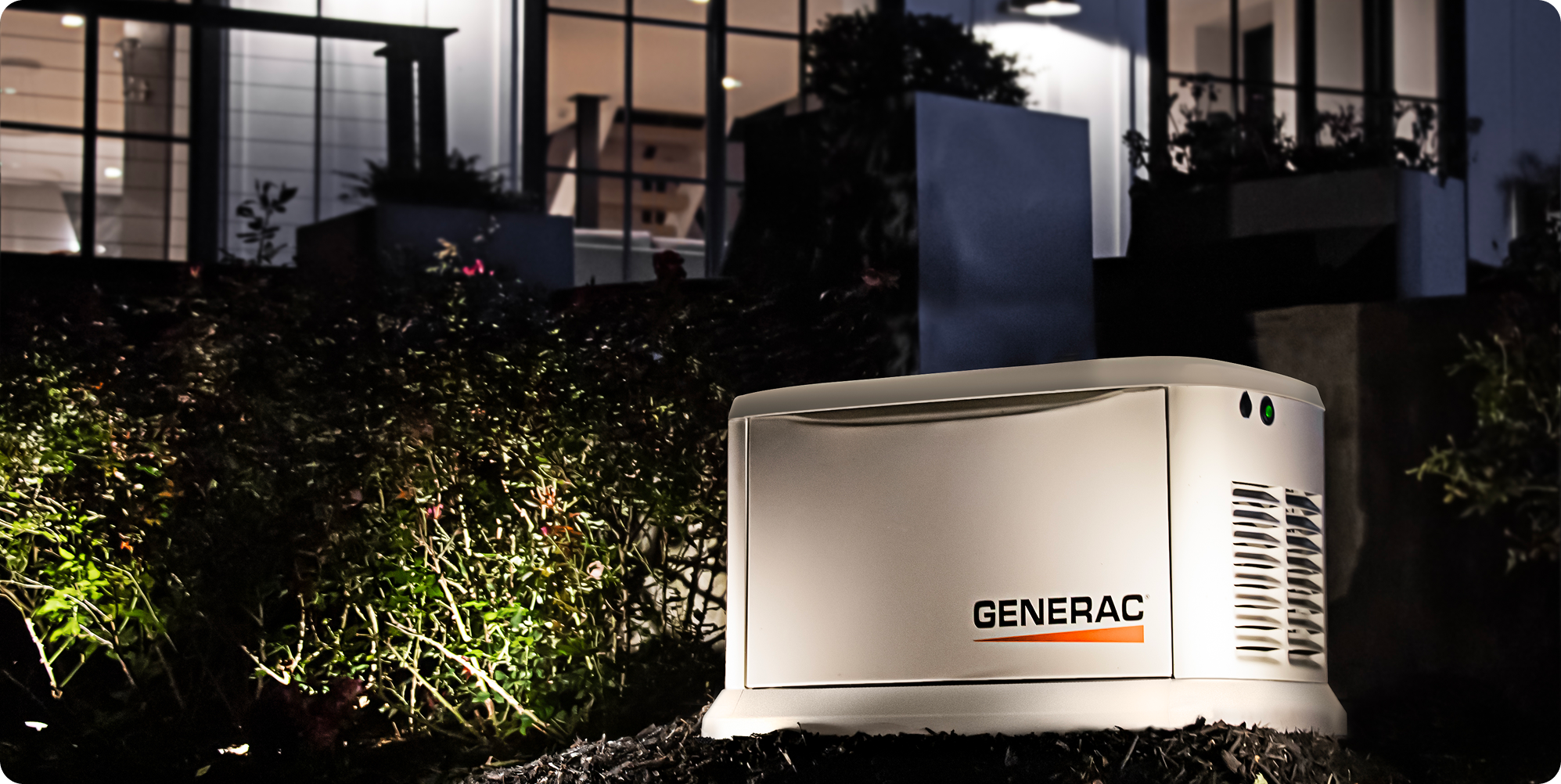I weighed this for a friend in NoCal about a decade above.
Fuel storage is a non-trivial issue.
At least in his area, your choices are propane buried or aboveground vs. Diesel aboveground. Don't even think of burying a Diesel tank in any watershed area unless you want to spend major $$$$$ on getting the needed Federal/state/local approval. From what I was told, buried propane tanks were the opposite, a non-issue.
Any aboveground tankage was a threat in a wildfire, but buried propane was seemingly not. It might overpressure vent and burn, but was unlikely to explode.
Propane stores forever. Diesel is another kettle of fish. You must groom the fuel, i.e. filter it and inject biocide, or you are SOL. But I have wondered what the longevity of Diesel is, long-term. In the late 1960s-1990, AT&T Long-Lines built underground bunkers every 150 miles along Her transcontinental coaxial cable routes. These were designed to survive WWIII: 30 ft down, 2 ft thick walls, 40,000-160,000 ft^2, rated for 10+ psi shock waves, and had dual 700 KVA White Superior Diesels or later, multiple Solar Corp. turbines. To keep those facilities going for ~3 weeks, they had 85,000-150,000 gallons of Diesel on site. While they groomed the fuel, what's it like after 5-10 years? I'd think you could inject a few gallons of light ends such as gasoline but never heard of it.
(When Long_Lines sold them off, they pumped the tanks out and filled them with cement slurrry; a retiring employee told me the line of mixer trucks was "endless...")



